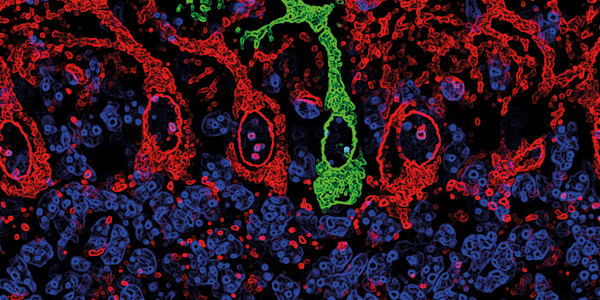What does analysis of the last five years of the literature on ALS tell us about the priorities of the field, and the major contributors to it? By Roisin McGuigan
Amyotrophic lateral sclerosis (ALS), also known around the world as Lou Gehrig’s disease, Charcot disease or motor neurone disease, is a neurodegenerative condition that causes motor neuron death in the brain and spinal cord. There is no cure, and the origin of disease is unclear in the vast majority of cases. As a field in desperate need of better therapies, ALS researchers received a windfall last summer, when the “ice bucket challenge” significantly raised their profile, and their funding. Although it remains to be seen if this funding boost can be sustained, one thing is certain – researchers have been working to better understand ALS before it found fame, and their work will continue even if the condition returns to its previous semi-obscurity. To provide insight into past research priorities, and predictions for the future of the field, a series of metrics were applied to the last five years of the published literature. We asked:
- What are the major topics for the field?
- Which publications have the greatest impact?
- How is the knowledge available online?
- Who are the most prolific authors?
PubMed was searched for “amyotrophic lateral sclerosis” and “diagnosis” (for a diagnostic focus) with results limited to the last five years, in humans (for a clinical focus). The data were analyzed in Microsoft Excel 2013.




